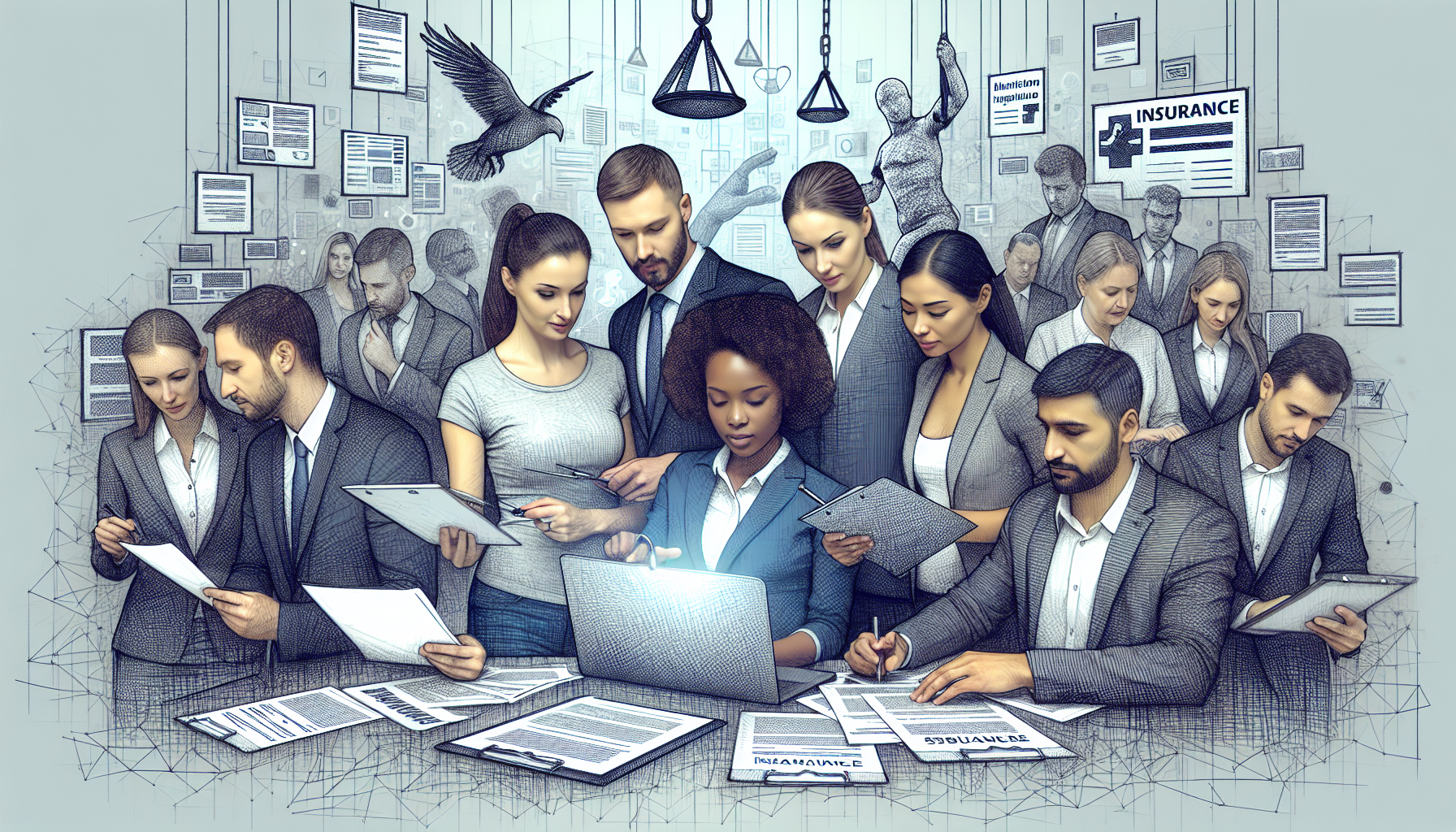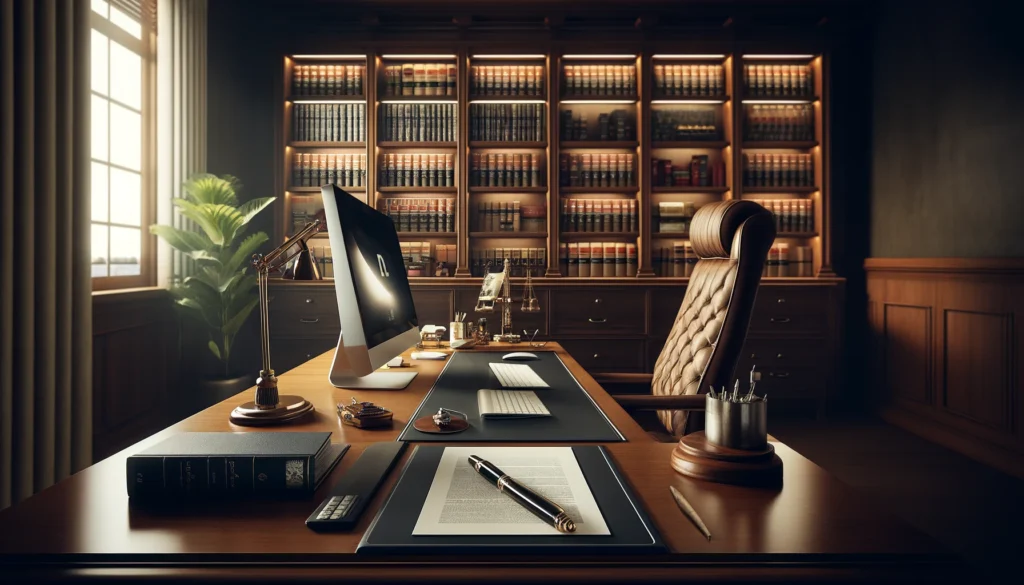
The Dawn of AI in Legal Drafting: An Overview
The legal industry is no stranger to evolution. With each passing year, technology progressively permeates various facets of legal practice, streamlining tasks that were once arduous and time-consuming. The rise of AI, especially Large Language Models (LLMs) like ChatGPT, represents the latest frontier in this ongoing transformation. These sophisticated models, trained on vast datasets, have shown unparalleled capabilities in generating human-like text, making them invaluable in automating and enhancing legal drafting processes. For paralegals, the integration of AI like ChatGPT can lead to increased efficiency, consistency, and accuracy, ensuring better use of resources and expertise.
As law firms and legal professionals begin to embrace these tools, it’s crucial to understand not only their potential but also the best practices for leveraging them effectively. This sets the stage for a deeper dive into specific applications, such as drafting cohabitation agreements with the help of ChatGPT.
Setting the Stage: Understanding Cohabitation Agreements
Before delving into the technicalities of using ChatGPT for legal drafting, it’s essential to grasp the fundamentals of cohabitation agreements. These agreements are legally binding documents that outline the rights and obligations of partners who live together but are not married. This legal tool is particularly significant because it offers a layer of protection concerning asset division, financial responsibilities, and other personal matters should the relationship dissolve.
Common components of cohabitation agreements include:
- Property ownership and division
- Financial contributions and expenses
- Debt allocation
- Dispute resolution methods
- Plans for children or dependents
Recognizing these elements provides a framework that can be tailored to the specific needs of clients, which is pivotal when integrating AI tools in legal drafting. Now, let’s move towards setting up ChatGPT in a legal context.
Also read:
Preparing to Integrate ChatGPT in Your Workflow
Incorporating ChatGPT into your legal workflow begins with a few foundational steps. First, ensure you have access to a reliable AI platform that supports ChatGPT. This typically involves setting up an account and familiarizing yourself with the platform’s interface and functionalities.
Key considerations include:
- Initial Setup: Ensure compatibility with existing software and document management systems.
- Required Tools: Access to a secure internet connection and devices with necessary software updates.
- Data Privacy: Maintain client confidentiality by using encrypted services and avoiding the sharing of sensitive data without consent.
With these preparations in place, you’re ready to delve into the core aspect of using AI for legal drafting – crafting effective prompts.
Also read:
Crafting Tailored Prompts: The Heart of Legal Drafting
The magic of ChatGPT lies in the prompts you create, serving as the primary means of communication with the AI. Developing tailored prompts is crucial for generating accurate and relevant drafts.
Basic Prompt Structures: Begin with clear and concise instructions. For example, “Draft a cohabitation agreement addressing property division, debt responsibility, and child support.”
For more nuanced drafts, advanced techniques are invaluable:
- Contextual Prompts: Provide specific details. Example: “Draft a cohabitation agreement where Partner A owns the house and pays all mortgage-related expenses, while Partner B contributes to utilities and maintenance costs.”
- Conditional Prompts: Specify conditions to tailor responses. Example: “Create a clause for property ownership, stating that if the relationship ends within five years, the property will be appraised and equally divided.”
- Iterative Refinement: Continuously refine drafts. Start with a general prompt and provide feedback. Example: “Revise the property division clause to include mediation as a first step in dispute resolution.”
Mastering these techniques ensures the drafts generated by ChatGPT align closely with client-specific needs, paving the way for more personalized legal documents. The next section outlines a detailed guide to drafting cohabitation agreements using ChatGPT.
Also read:
Step-by-Step Guide: Drafting Cohabitation Agreements with ChatGPT
Starting with a baseline draft is often the best approach when using ChatGPT. Begin by inputting a general prompt to generate an initial version. For instance, “Draft a basic cohabitation agreement.” This provides a foundational document that can be further tailored.
Customizing for Specific Client Needs: Modify the baseline draft to mirror the precise requirements of your clients. Examples include adding clauses about specific assets or debt sharing arrangements. For instance, “Insert a clause detailing the joint ownership of the car purchased together.”
Common clauses integral to cohabitation agreements encompass:
- Property Ownership: Explicitly state ownership statuses and future distributions.
- Financial Responsibilities: Define how daily expenses and long-term investments are handled.
- Dispute Resolution: Outline methods such as mediation or arbitration.
The tone and legal precision of the document are paramount. Ensure that the language used reflects legal terminology and maintains a formal yet comprehensible tone. Phrases like “hereto,” “hereinafter,” and “whereas” can enhance the document’s legal authority.
Let’s now explore how paralegals can enhance efficiency while working with ChatGPT.
Also read:
Enhancing Efficiency: Tips and Tricks for Paralegals
Efficiency is vital in legal practice, and ChatGPT offers several features that can save time. Here are a few practical tips:
- Time-Saving Features: Use auto-completion features and predefined templates to expedite drafting.
- Leveraging Templates and Pre-Saved Prompts: Create and store reusable templates for different types of agreements to streamline the drafting process.
- Collaborative Approaches: Work alongside legal teams by sharing drafts and integrating feedback seamlessly, enhancing collaborative efforts.
These tips ensure more productive workflows, allowing paralegals to focus on higher-level tasks. Moving forward, accuracy and coherence in the drafted documents need to be meticulously safeguarded.
Also read:
Safeguarding Accuracy: Review and Finalization Techniques
Accuracy is non-negotiable in legal drafting, and careful review is essential. Begin by cross-referencing your draft with current legal standards to ensure compliance. Utilize reliable legal databases and resources for this purpose.
To ensure coherence and consistency, read through the document multiple times, checking for logical flow and uniform language. Proofreading is vital, but beyond mere grammatical checks, focus on legal precision and clarity.
Client feedback loops are critical; send drafts to clients for their input, making necessary revisions to address their concerns. This iterative process guarantees the final document meets all requirements and reflects the client’s intentions accurately.
With these techniques in place, let’s turn our attention to the ethical and practical considerations of using AI in legal practice.
Also read:
Ethical and Practical Considerations
The ethical use of AI in legal practice cannot be overstressed. It is imperative to maintain transparency with clients about the use of AI in drafting their documents and ensure the final review and decision-making rest with human expertise. Balancing human judgment with machine assistance fosters trust and ensures adherence to legal ethics.
As we look to the future, understanding emerging trends becomes essential.
Also read:
Future Trends: The Ongoing Role of AI in Legal Work
The legal industry will continue to evolve with advancements in AI and related technologies. Emerging trends include the integration of more sophisticated AI tools capable of understanding nuanced legal contexts and continuous learning platforms for legal professionals to keep pace with technological changes. Paralegals must remain agile, embracing new tools and adapting their skills accordingly.
Finally, let’s encapsulate the journey towards modern legal drafting.
Also read:
Conclusion: Embracing the Future of Legal Drafting
By harnessing the capabilities of ChatGPT, legal practitioners, particularly paralegals, can draft cohabitation agreements and other legal documents with newfound efficiency and accuracy. The fusion of AI and human expertise promises a dynamic future for legal drafting, encouraging continued exploration and development.
Embracing these advanced tools not only elevates the quality of legal services but also ensures that legal professionals stay ahead in an ever-evolving landscape. Thus, committing to ongoing learning and adaptation will pave the way for even greater innovations in legal practice.


